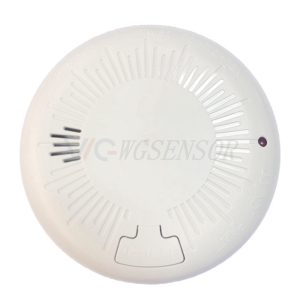Introduction:
Installing and properly using smoke alarms is crucial for home safety. Here are some essential guidelines for installing and using smoke alarms effectively.
1. Installation:
– Placement: Install smoke alarms on every level of your home, including inside and outside bedrooms. Place them on the ceiling or high on the wall, as smoke rises.
– Avoid Obstructions: Keep alarms away from vents and ceiling fans to ensure they can detect smoke effectively.
– Interconnection: For maximum safety, interconnect smoke alarms so that when one detects smoke, all alarms sound simultaneously.
2. Battery and Maintenance:
– Battery Check: Regularly test smoke alarms by pressing the test button. Change batteries at least once a year or according to the manufacturer’s instructions.
– Maintenance: Clean alarms regularly to prevent dust buildup, which can hinder their functionality. Use a vacuum cleaner or soft brush attachment.
3. Usage Precautions:
– False Alarms: Avoid placing smoke alarms near cooking areas to prevent false alarms triggered by cooking fumes.
– Keep Clear: Ensure nothing obstructs the alarm’s sensor. Avoid hanging objects from the alarm or covering it with decorations.
– Replace When Necessary: Replace smoke alarms according to the manufacturer’s recommended lifespan (usually every 10 years).
4. Emergency Preparedness:
– Develop an Escape Plan: In case of a fire, create and practice an escape plan with all household members. Ensure everyone knows the sound of the smoke alarm and the designated meeting point outside.
– Response to Alarms: When the smoke alarm sounds, evacuate immediately, and call emergency services from a safe location.
Conclusion:
Smoke alarms are essential safety devices that require proper installation, maintenance, and usage to ensure they function correctly during emergencies. By following these guidelines, you can significantly enhance your home’s safety against fire hazards.


Please contact us for free quotation by form below. We promise the quickest response within 24 hours: